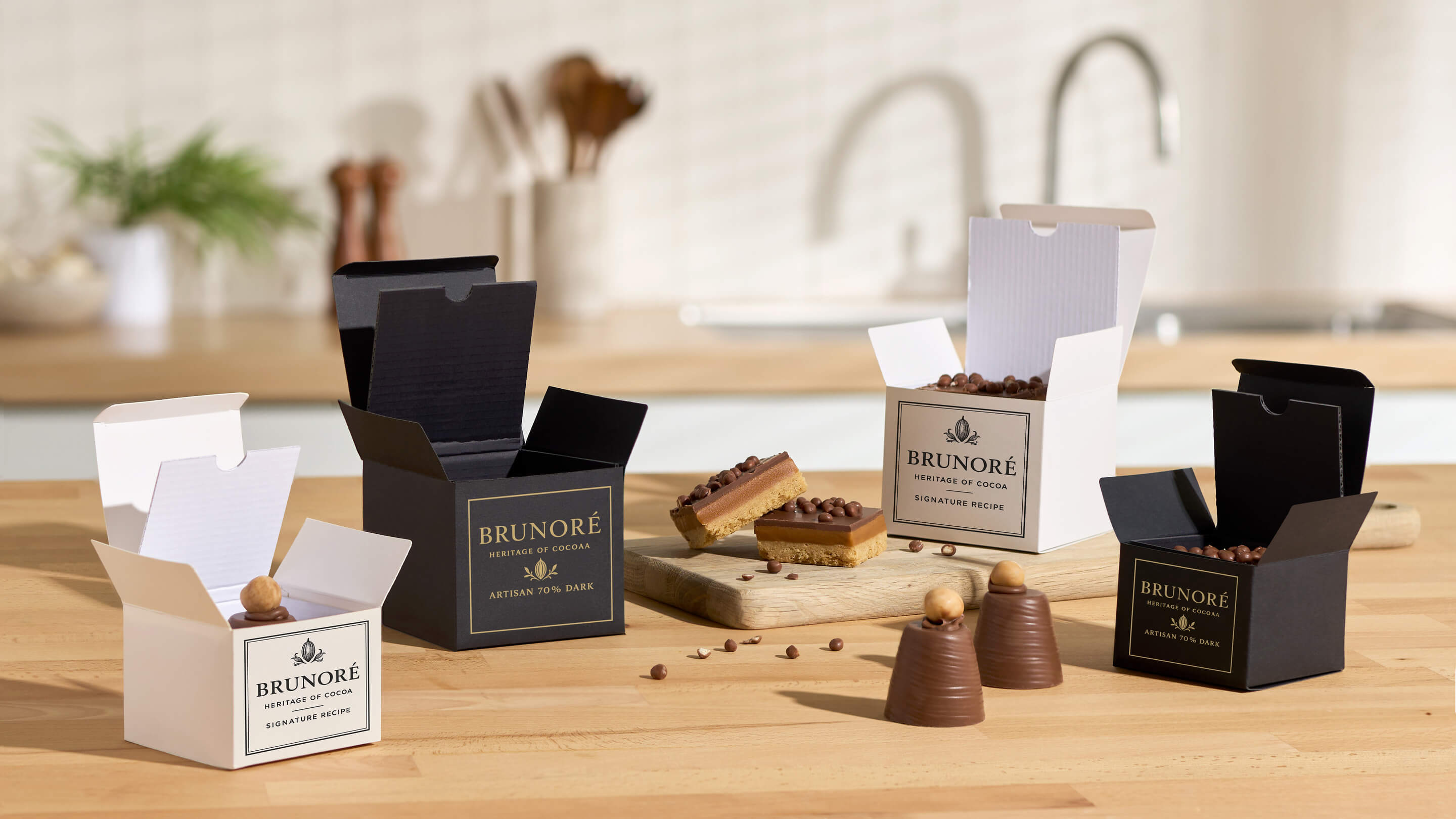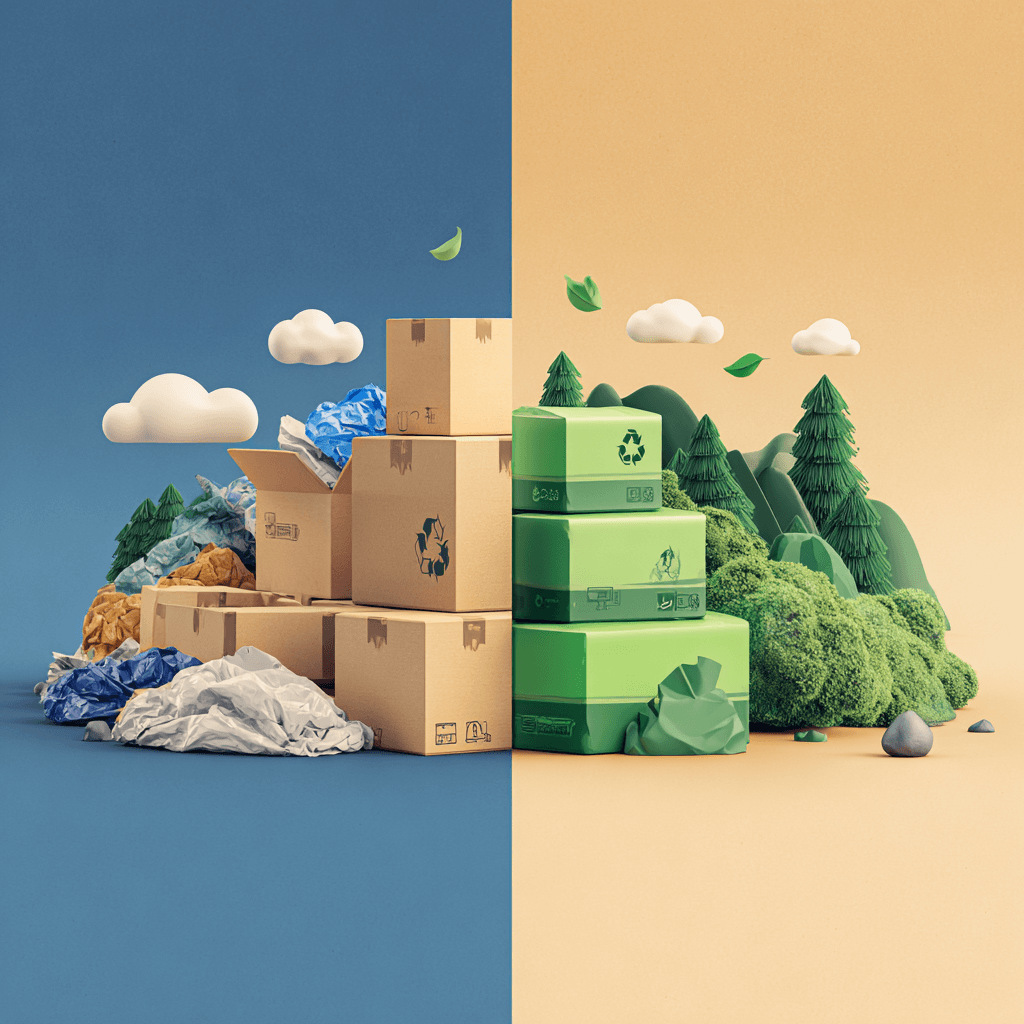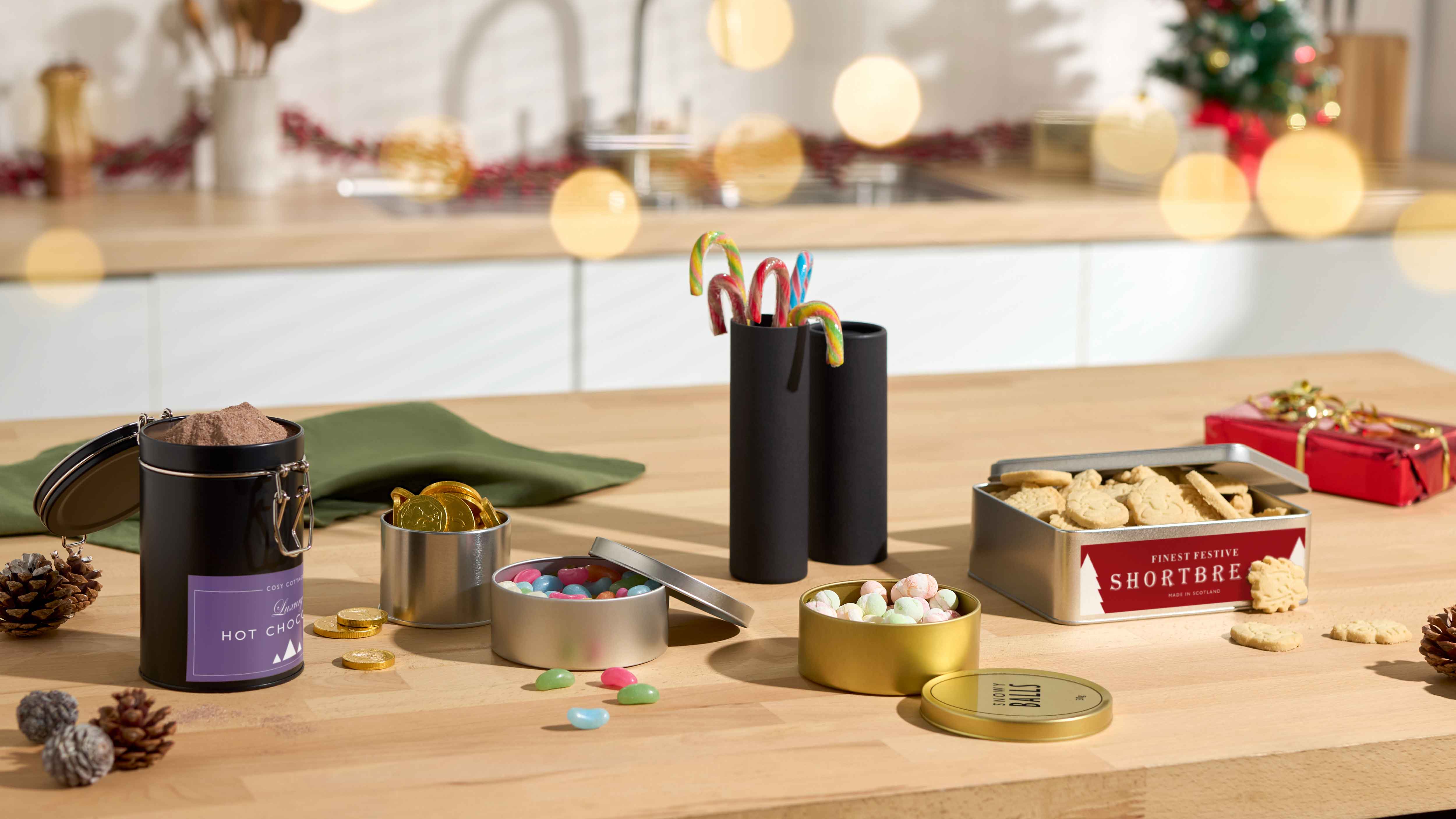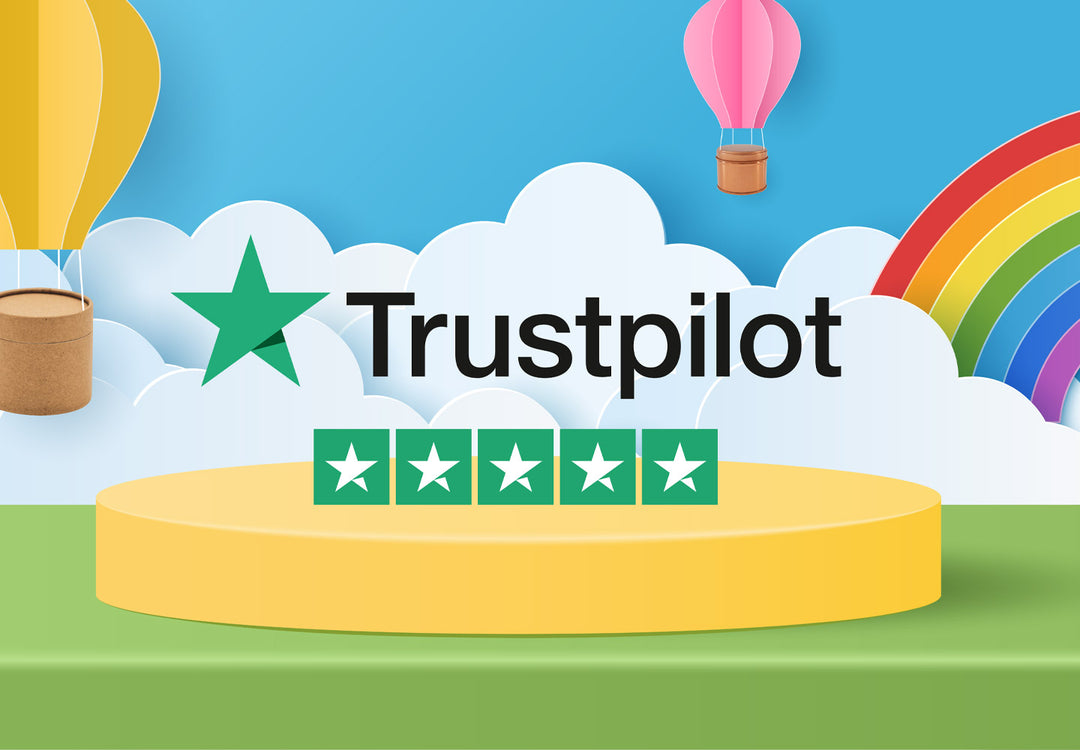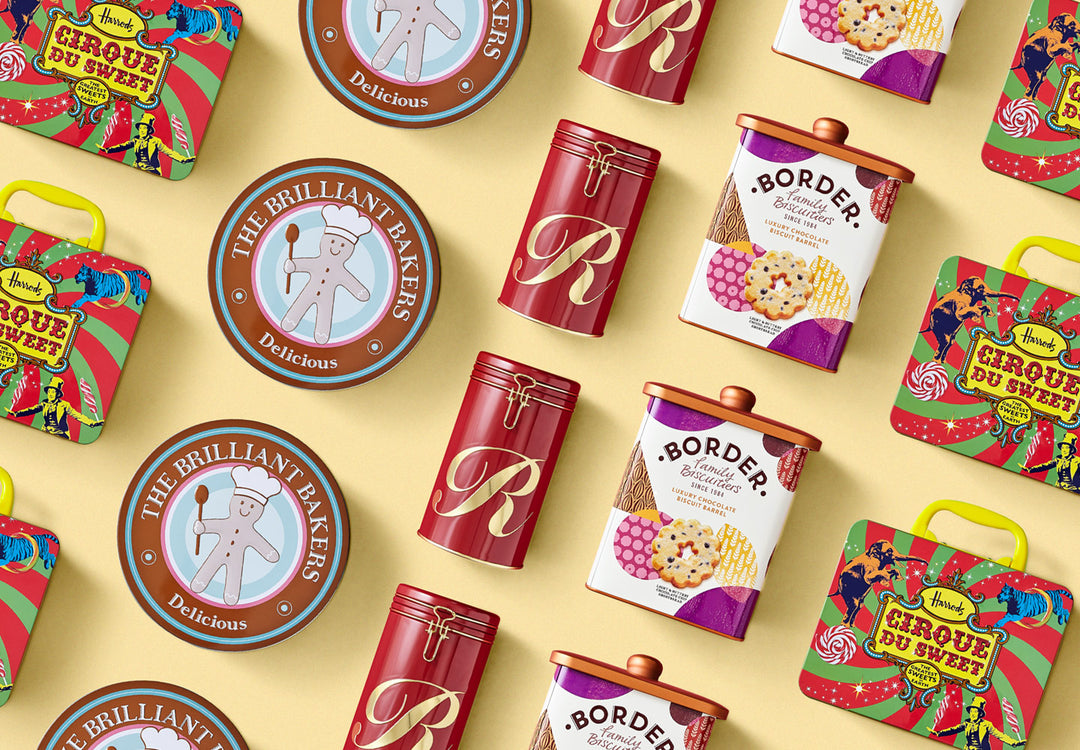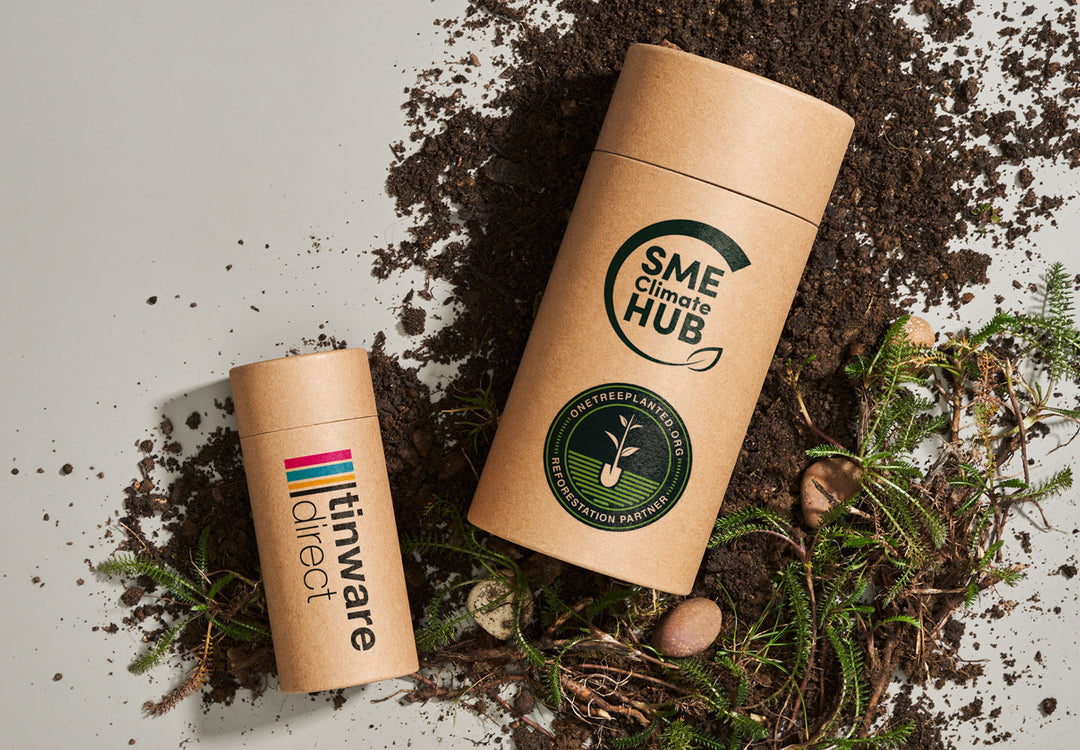Do Customers Really Love Sustainable Packaging? Let's Find Out
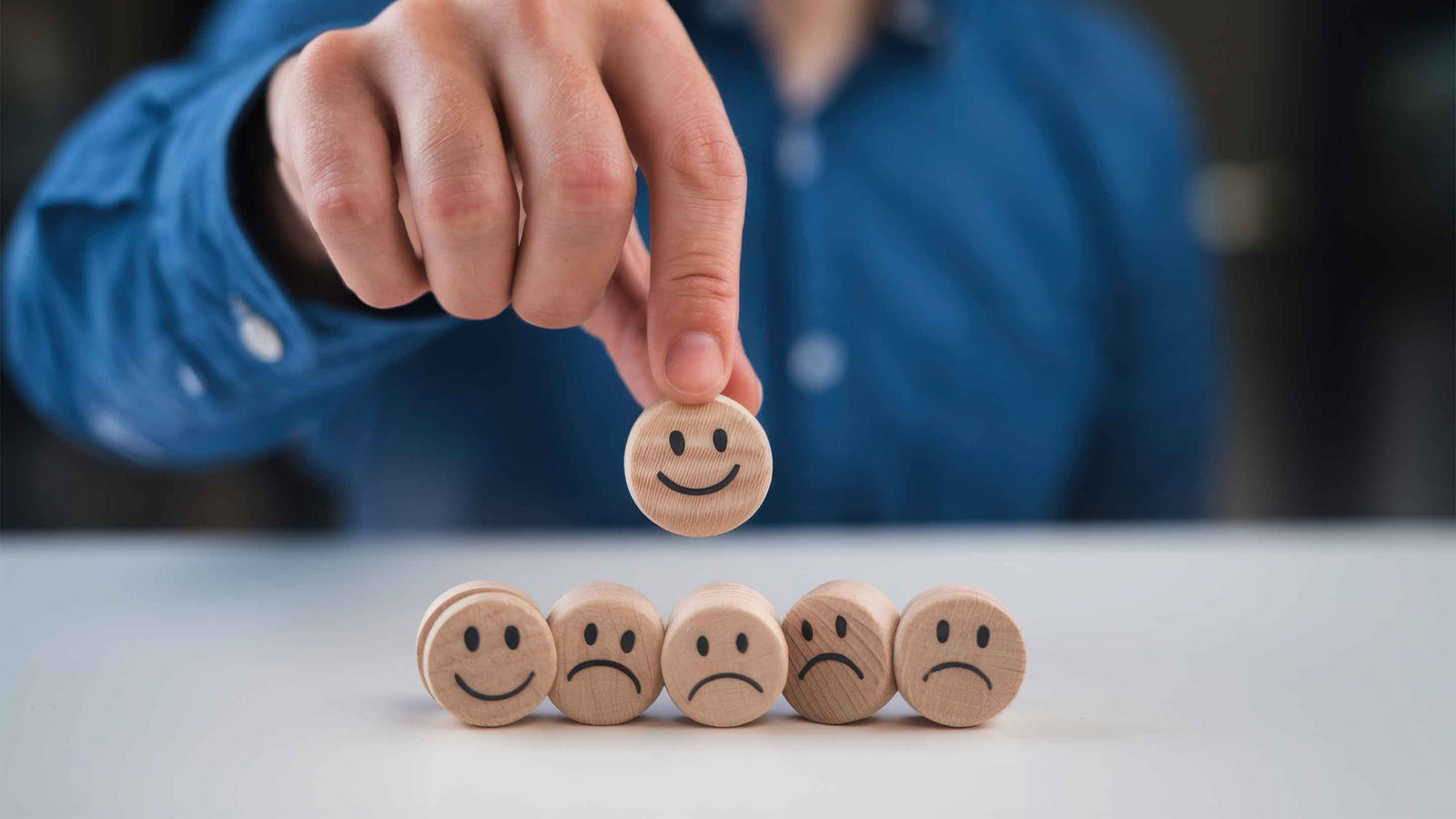
If you run a small business, you might think your customers are eager to buy products in sustainable packaging.
And you'd be right.
A whopping 73% of consumers are theoretically ready to change their consumption habits. But "theoretically" is doing a lot of heavy lifting here. Customers are willing to commit to change, but not at the expense of their:
- Money
- Wellbeing
- Lifestyle
Customers want to help save the planet, but they don't want to suffer for it.
Moreover, if you're active on social media, you might have noticed a growing trend of customers questioning why they should make changes when they believe corporations and businesses are the main culprits behind the looming environmental crisis. Following the California fires, online users were quick to question whether wealthy homeowners were to blame. Celebrities like the Kardashians were called out for exceeding water limits in the area.
The message is clear: Customers are becoming increasingly frustrated with brands demanding they make lifestyle changes while millionaires and billionaires continue their lavish ways, flying private jets to climate conferences. To the general public, the hypocrisy is glaring.
So, how does this affect small business owners? Surprisingly, it ties directly to your packaging choices.
Let's delve into a notorious example of sustainable packaging that customers aren't thrilled about.
The Infamous Tethered Cap
If you buy a plastic bottle today, you'll likely find the cap attached with a plastic tether. The idea is simple: if the cap stays attached, it will be recycled with the bottle, reducing waste in landfills and oceans.
Unfortunately, customers aren't happy with this change. A significant 70.7% dislike the tethered caps, and only 32% support a legal mandate for this design.
Even worse, most consumers surveyed don't believe the change will significantly impact environmental litter.
Why the resistance? Social media posts reveal that even minimal discomfort can be a deal-breaker. The cap gets in the way when drinking and can be irritating, with some even claiming it poses a safety hazard.
But the real issue isn't the discomfort. Customers feel they're being forced to accept changes that make their lives worse while the wealthy continue as usual. They perceive that businesses aren't doing their part.
In another survey, 62% of consumers declared corporations as the most responsible for climate change, with individuals being the least responsible.
You might think that as a small business, you won't be seen in the same light as the big players. This might be true, but making the right sustainable choices can help you stand out and even surpass major competitors.
Customers know their decisions impact the environment and want businesses to go green.
So, how do you make the best packaging choices for your products?
Quality Matters
There's no excuse for sustainable packaging that doesn't meet quality standards. It should have the right:
- Sealability
- Appeal
- Strength
- Accessibility
If the quality isn't there, it will reflect poorly on your product and brand. Contrary to old advice, customers do judge a book by its cover. Poor packaging leads to snap judgments about your product.
Avoid Empty Promises
The biggest pitfall is choosing packaging that seems sustainable on paper but has underlying issues. Research different materials and their sustainability grades. Heavier packaging like glass may seem eco-friendly but increases carbon emissions during transportation.
Practicality is Key
The main issue with plastic tethers is their impracticality. They get in the way when drinking, and experts agree this should have been addressed in the design phase. Ensure your packaging is easy to open and access without discomfort while providing a tight seal.
Guarantee Accessibility
Credit where it's due, plastic tethers have some success. Individuals with dyspraxia and blindness found this design helpful as they could avoid losing the lids. However, design for the minority without disregarding the majority. With the right design, packaging can be accessible and user-friendly for everyone.
Make it Beautiful
Your packaging is part of the product. It can make the difference between a missed sale and a big win. Sustainable packaging doesn't have to be ugly. It can be bold and beautiful, with a stunning design that customers love.
Keep Costs Reasonable
Customers will pay more for sustainability, but there's a limit. On average, they'll pay 10% extra for a green product. Anything above this, and they might look elsewhere. Choose green packaging that's available at the right price and quality.
The Bottom Line: For businesses, it's not just about choosing any sustainable packaging but the right sustainable packaging. If your choice doesn't meet the requirements and expectations of even the most eco-conscious customers, they might avoid your product entirely.
